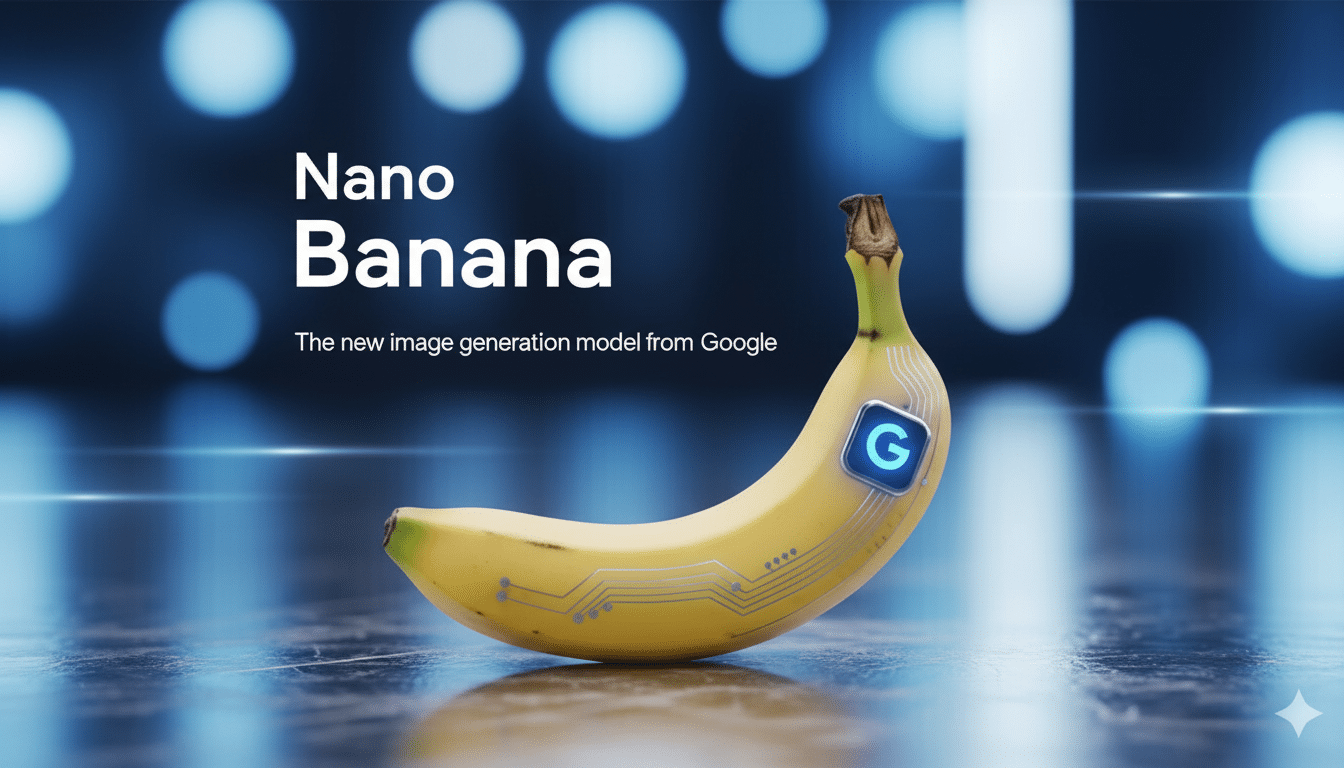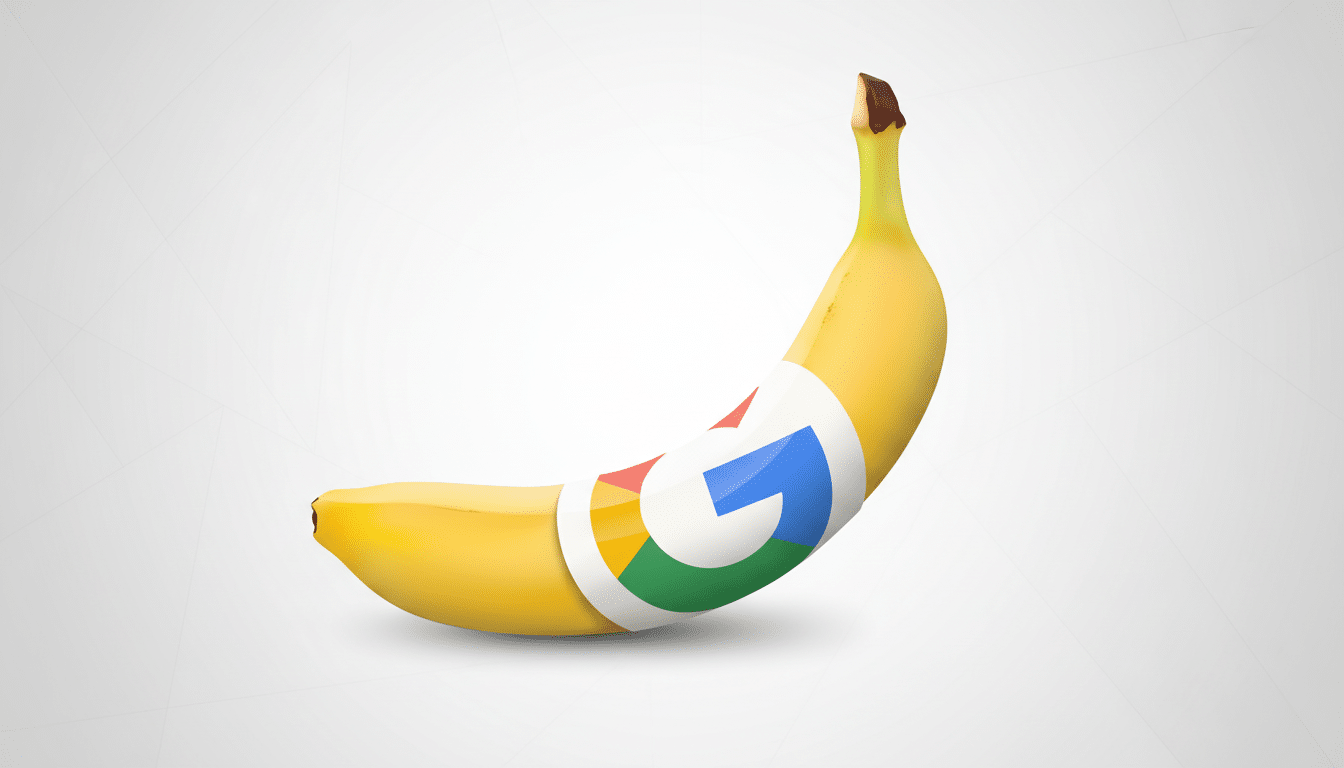Google’s throttling free access to its Nano Banana image generator, reducing the daily prompt allowance from three to two even as usage spikes across the company’s AI offerings. The change is apparent in a Google support document spotted by 9to5Google, which notes that there may be changes based on traffic.
What Changed for Free Users of the Nano Banana Tool
Free Nano Banana users can access two image prompts per day now. That support note also moves non-paying users of Gemini 3 Pro over to “basic access”—a tier that can be shut down at any time depending on system load. Google AI Pro and AI Ultra customers who pay for the services won’t be affected by these changes.
- What Changed for Free Users of the Nano Banana Tool
- Why Google Is Throttling Free Nano Banana Image Prompts
- Fast-Rising Model Meets Mainstream Distribution Channels
- How Nano Banana Limits Compare to Moves by Competitors
- Effect on Creators and Teams Relying on Free Image Tools
- What to Watch Next as Google Tunes Capacity and Access

Crucially, Google is presenting the caps as flexible. As demand surges and infrastructure buckles, the company is reserving the right to turn usage up or down without notice in order to maintain reliability and fairness.
Why Google Is Throttling Free Nano Banana Image Prompts
Image generation is one of the most compute-intensive AI workloads, and spikes can easily overload GPU clusters. The industry has been frank about this reality: OpenAI recently restricted free Sora video generation to six per day, and the project’s leader said GPUs were “melting” under demand.
Google has been scrambling to increase capacity—investing in Tensor Processing Units, securing additional GPU supply—but Gemini 3 rolling out across core products resulted in a very sharp step-up in traffic. Alphabet execs were keen to highlight the brisk acceleration in AI capital outlays on recent earnings calls, underlining how expensive the present cycle of AI is to run at scale.
Fast-Rising Model Meets Mainstream Distribution Channels
Nano Banana’s popularity surged after the model surpassed independent AI leaderboards over the summer and then underwent a Gemini 3 upgrade. Google has now woven images into critical surfaces such as Search, NotebookLM, Photos, and Messages (with early testing rolling out to Chrome Canary on Android).
That distribution matters. Google says the Gemini app now has over 650 million monthly users, and Gemini 3 is the first generation that became part of its portfolio as broadly and as immediately as it did. Google also advertised a handful of free daily prompts for its assistant at launch, conditioning users to the idea that these tools are becoming less seasonal and more evergreen features.

How Nano Banana Limits Compare to Moves by Competitors
Rate limiting is becoming a norm in AI. OpenAI is limiting free video generations in Sora. Midjourney has suspended free trials at previous spikes in traffic. Stability AI and others have restricted free-tier access or put higher-quality models behind paid plans. The trend is clear: as models get better and demand soars, free access gets squeezed to make sure uptime stays high and costs remain controllable.
Google’s approach is relatively surgical—small cuts, announced in support notes alongside upsells to higher, more predictable paid tiers. That means fewer free shots at a perfect image for everyday users. For Google, it’s all surface smoothing while keeping the on-ramp to its ecosystem wide.
Effect on Creators and Teams Relying on Free Image Tools
Two prompts a day can disappear quickly in creative processes. The pinch will be felt first by casual users, but social teams and indie creators who used free generations for mood boards, product mockups, or thumbnail iterations will either have to consolidate work or jump to a paid plan for continuous throughput.
The practical solution is to batch ideation and create more explicit prompts that minimize retries. It also helps to create a set of variations for one prompt and save prompts within the daily limit.
What to Watch Next as Google Tunes Capacity and Access
Google indicates the caps are temporary and could change as it tunes capacity. Key things to watch for:
- More integration of Nano Banana with high-traffic apps.
- Additional compute announcements from Alphabet.
- Whether “basic access” guardrails become tighter during peak times.
Right now, the message from Google is clear: demand for image generation on its network outstrips what it can offer at a free-tier level, and so it’s focusing on stability. You can expect the needle to swing on free prompts as Google navigates growth, costs, and the fact that running AI at internet scale is not cheap.

